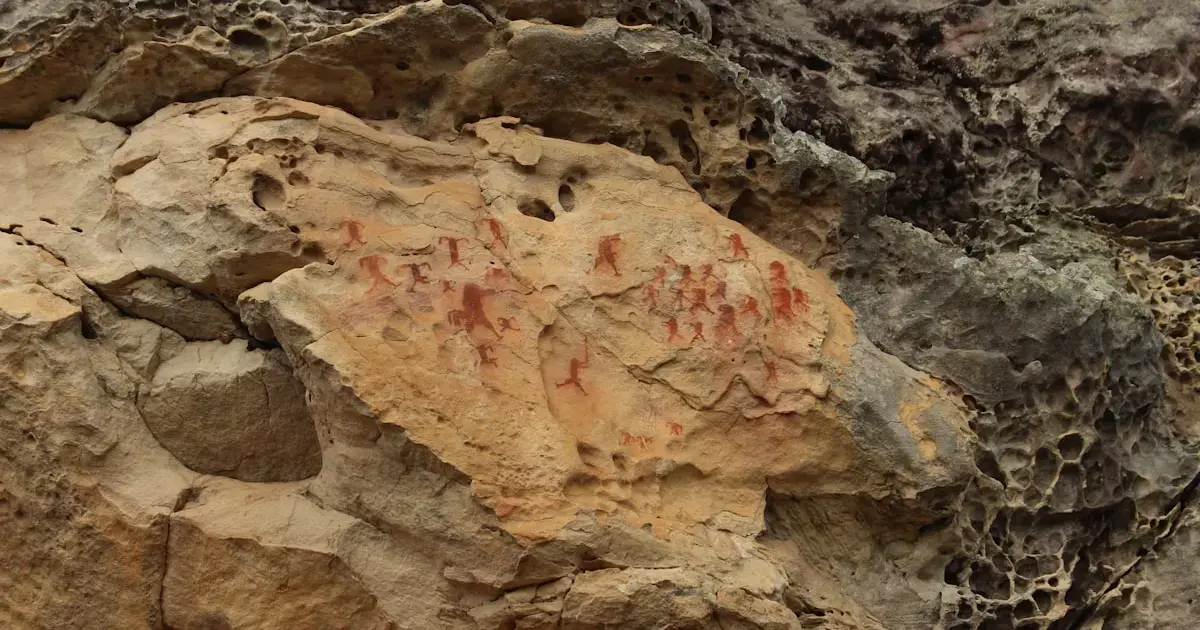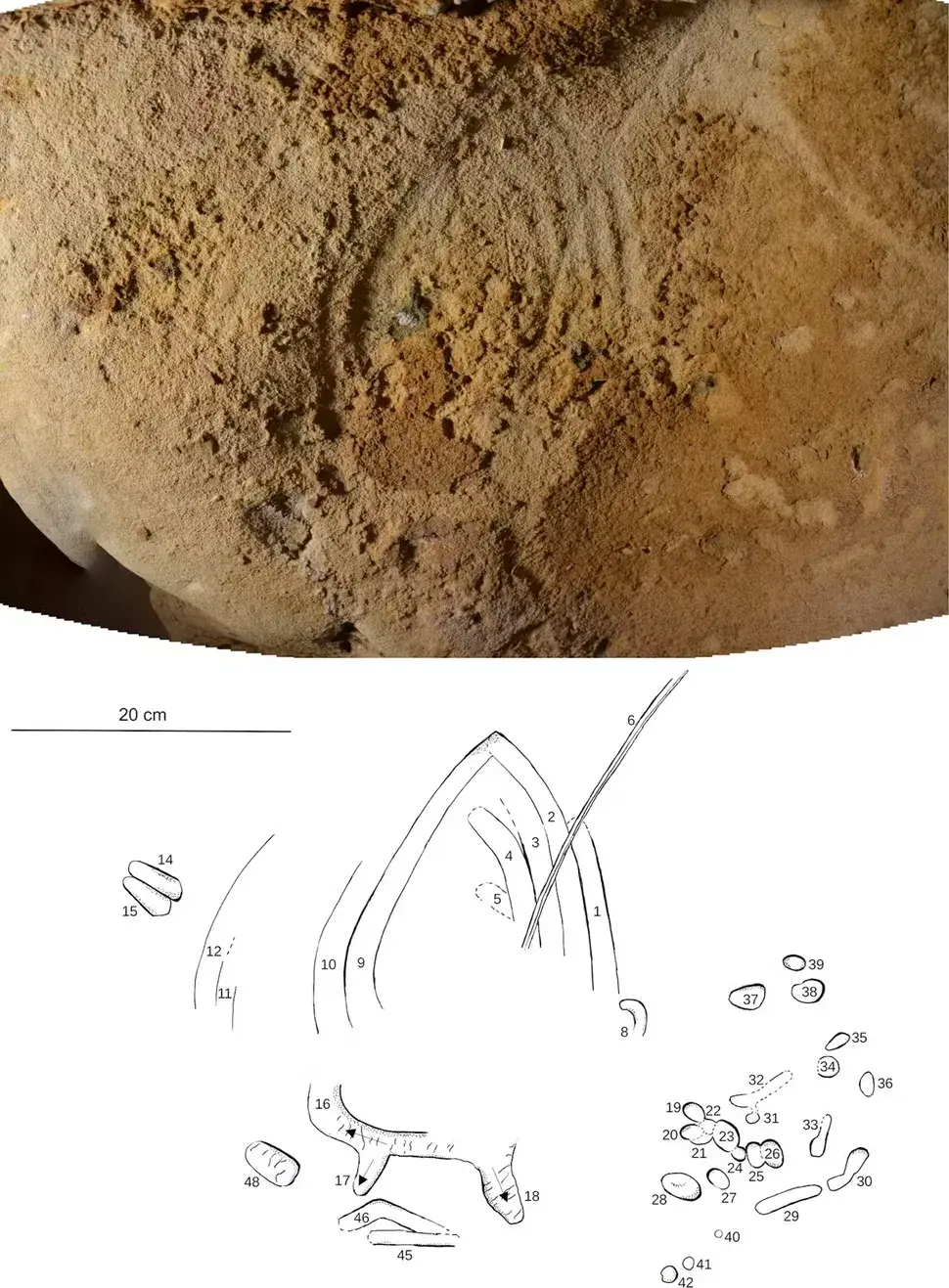 Moreover, began creating art on cave walls long before humans—64,000 years ago, or perhaps even earlier.
Moreover, began creating art on cave walls long before humans—64,000 years ago, or perhaps even earlier.
Just a century ago, scientists found it hard to believe that Homo sapiens during the Upper Paleolithic era (45,000-12,000 years ago) could engage in artistic expression. However, the discovery of ancient in Europe soon dispelled those doubts. But what about the Neanderthals—a group closely related to our species? Now we know they also had a penchant for art.
Anthropologists have always been intrigued by questions regarding the cognitive abilities and behavioral traits of Neanderthals, who went extinct around 40,000 years ago. The question of whether they created works of art has been at the forefront, as reported by Live Science.
What Did Scientists Discover?
Researchers were aware of the Neanderthals’ ability to craft jewelry and use colored pigments. Despite this, there was considerable skepticism in scientific circles regarding whether this species left behind artistic creations on cave walls.
However, recent studies have definitively confirmed this, stated Paul Pettitt, a professor of archaeology at Durham University (UK). In three Spanish caves—La Pasiega, Maltaviejo, and Ardales—Neanderthals created linear symbols, geometric shapes, and handprints using pigments. In the cave of La Roche-Cotard in France, members of this species left behind various lines and figures.
One particularly intriguing creation was found deep within the Bruniquel cave in southwestern France. There, Neanderthals broke stalactites into equal-length sections and constructed a large oval wall, which bore traces of fire. Professor Pettitt asserts that this was not a living space but something else entirely. If this object were displayed in a contemporary art gallery today, the public would likely perceive it as an installation.
All these credible examples of art on the walls of caves in Spain and France have transformed scientists’ perceptions of Neanderthals as artists. However, the study of these works is complicated by the challenging task of dating Paleolithic cave art.

Art created by Neanderthals on the wall of the cave in La Roche-Cotard, France
Challenges in Dating
To determine the true age of the images, at least one of several conditions must be met. The first is the presence of pigment in charcoal, which can be dated using radiocarbon methods. However, black pigments often have a mineral origin (such as manganese), making it impossible to determine the age of many samples of black cave paintings.
The second condition is the presence of calcite formations over the artwork. In this case, a dating method based on uranium decay is used. This allows for accurate determination of the time of formation of such structures, and consequently, the paintings beneath them.
Professor Pettitt was part of a team that dated the deposits on red pigment art in the three aforementioned Spanish caves using this method. The results showed that this artwork is over 64,000 years old. (This is the minimum age; the actual age could be significantly greater).
Yet, this is still 22,000 years earlier than when Homo sapiens appeared on the Iberian Peninsula. Therefore, the creators of these images could very well be Neanderthals.
“Even the most ardent skeptics must agree that this data clearly indicates the presence of artistic activity in deep caves, which could only have been carried out by Neanderthals,” noted Professor Pettitt. According to him, this art may symbolize how Neanderthals gradually became aware of their role in the world.
